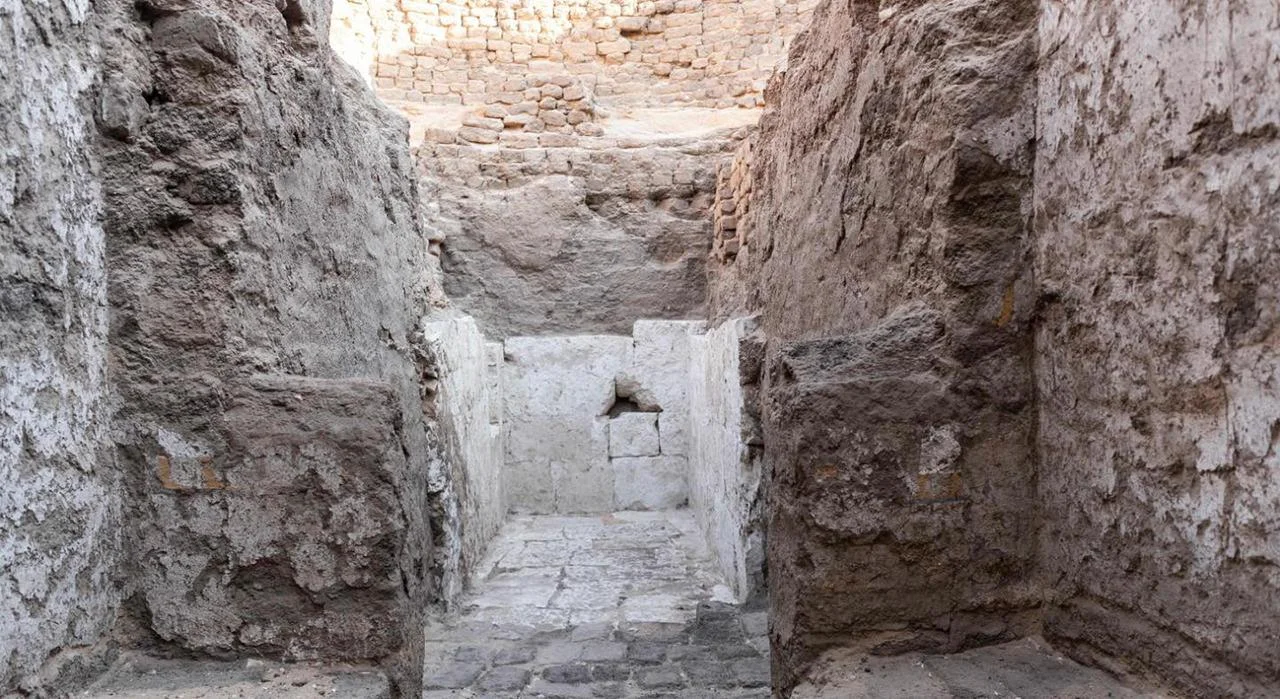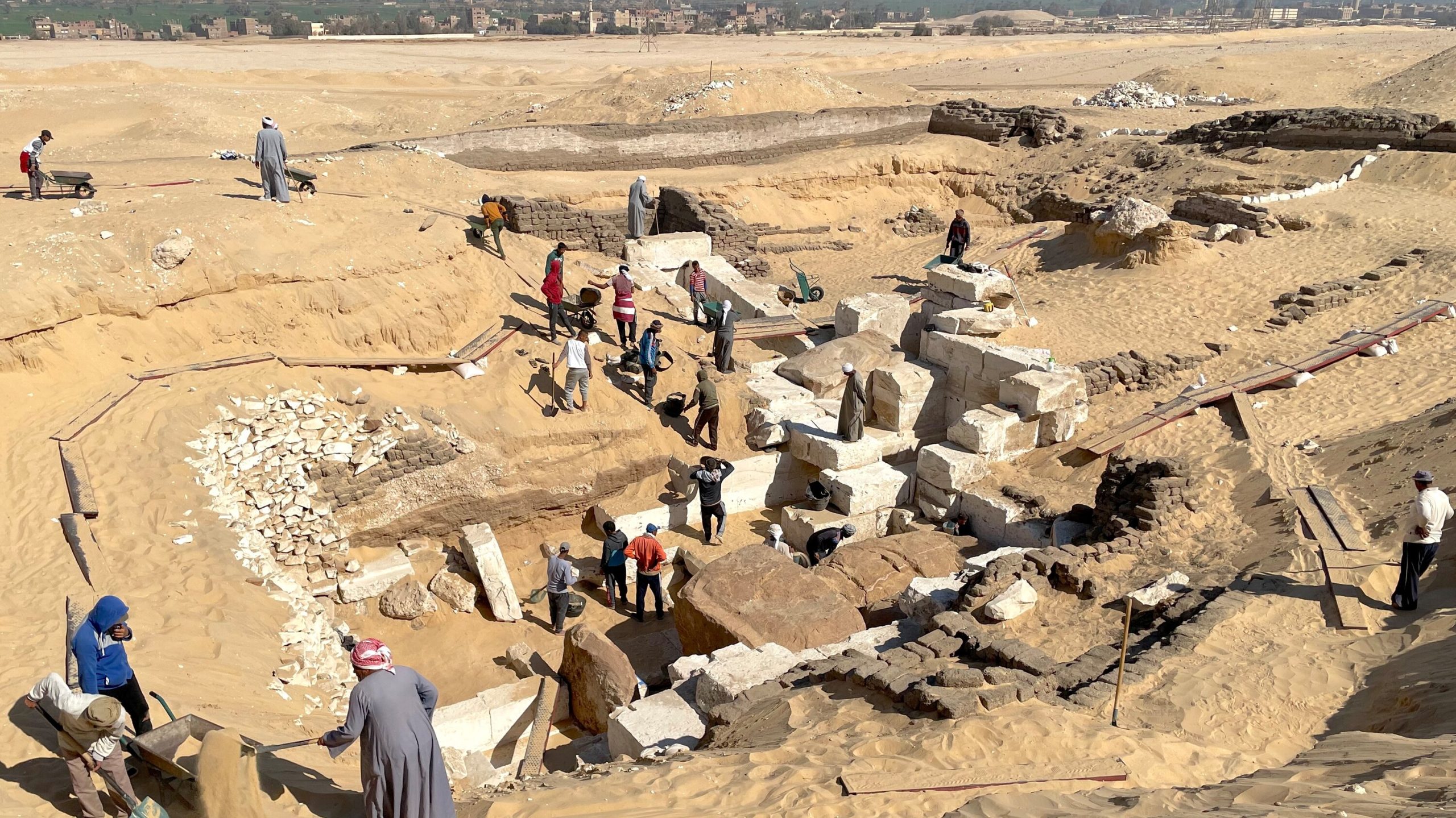An international team of archaeologists has uncovered a massive tomb belonging to one of ancient Egypt’s earliest pharaohs. However, the identity of the ruler remains unknown, along with many details about his long-lost dynasty. This discovery sheds light on the Abydos Dynasty, a lesser-known ruling period that governed Egypt during a time of political fragmentation. The tomb’s construction dates back to the Second Intermediate Period (1640-1540 BCE), an era when Egypt was divided into multiple rival kingdoms.
Abydos Burial Site Reveals Ancient Pharaoh’s Tomb and Archaeological Significance
The burial site was found about 23 feet beneath Abydos, one of Egypt’s oldest cities, located roughly 300 miles south of Cairo and six miles from the Nile River. Abydos held great significance in Egyptian mythology as the sacred burial place of Osiris, the god of the underworld.
Many early pharaohs chose to be interred there, within a sprawling royal necropolis near Anubis Mountain. This site continues to be a focal point for archaeological discoveries, providing insights into ancient Egyptian burial customs and dynastic history.

A research team from Penn Museum in Philadelphia, working alongside Egypt’s Ministry of Tourism and Antiquities, utilized advanced tools such as magnetometry, photogrammetry, and remote sensing to map the burial complex. The tomb shares architectural and decorative elements with the tomb of King Seneb-Kay, discovered in 2014, suggesting a possible connection.
However, the pharaoh’s name remains unknown due to damage inflicted by ancient tomb robbers, who defaced painted scenes and hieroglyphic texts that originally adorned the entrance.
Identifying the Pharaoh and Future Excavations at Anubis Mountain Site
While the ruler’s identity is uncertain, archaeologists have identified potential candidates. Two kings, Senaiib and Paentjeni, have monuments in Abydos, but their graves remain undiscovered. The discovery of this tomb strengthens evidence of additional early Egyptian kings in the surrounding area. Hieroglyphic inscriptions and artistic depictions of deities, including Isis and Nephthys, further indicate the tomb’s royal significance. Continued excavation may provide crucial clues to confirm the tomb’s rightful owner.
Excavation work will extend through 2025, focusing on Anubis Mountain, an area spanning over 100,000 square feet. This find marks the second major Egyptian royal tomb discovery of the year. In February, archaeologists confirmed the location of Thutmose II’s crypt, making it one of the most significant finds since the discovery of King Tutankhamun’s tomb in 1922. With ongoing research and exploration, archaeologists hope to uncover more details about Egypt’s early dynasties and the mysterious Abydos rulers.


